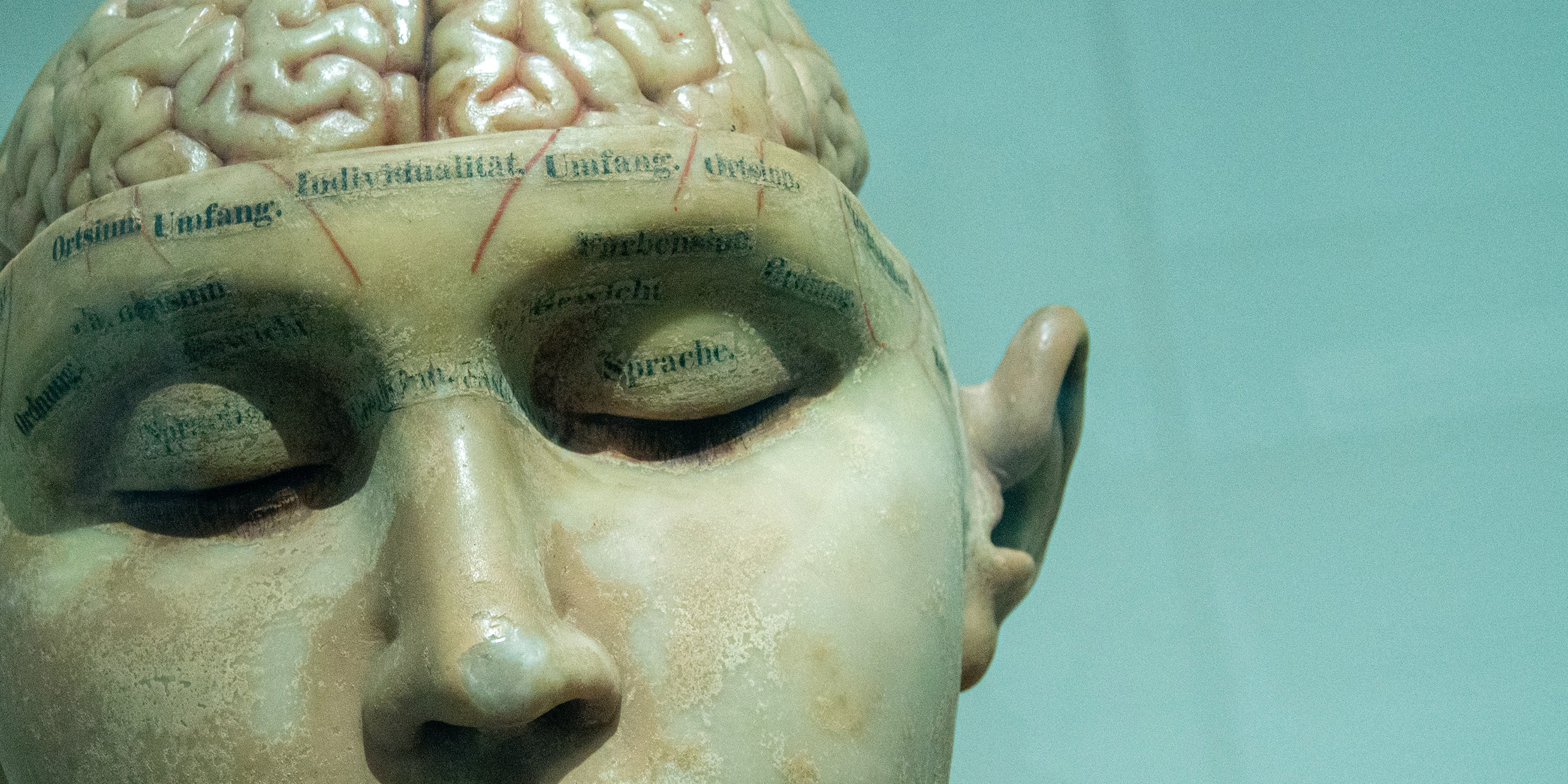Originally published 11 December 1989
Few subjects so rattle the equilibrium of the scientific community as ESP — extrasensory perception — especially when it comes tricked out in the garb of science. When the New York Times Magazine published a story on the work of Princeton ESP researcher Robert Jahn, one could almost hear the collective groan rise from the ivy-covered building of that New Jersey campus. This is the kind of research that most scientists would prefer to have at someone else’s institution.
Jahn’s scientific credentials are impeccable: Phi Beta Kappa at Princeton, dean emeritus of the university’s engineering school, a leading aerospace engineer. It is therefore particularly interesting that he should be espousing the reality of a phenomenon that most scientists consider pure bunk.
The article was appropriately hedged with “seems” and “maybe,” and pointed out that a 1988 National Research Council report found “no scientific justification from research conducted over a period of 130 years for the existence of parapsychological phenomena.” Still, the article completely ignored the long, sorry history of ESP research, and gave the reader very little context in which to evaluate Jahn’s claims for ESP. Rather, Jahn was portrayed (perhaps unintentionally) as an intrepid pioneer of unpopular but significant research.
Jahn is not the first scientist to claim that ESP is real. The scientific study of ESP gained considerable momentum after Joseph Rhine’s work on ESP at Duke University in the 1930s. Rhine was a botanist-turned-parapsychologist. Certain of his subjects appeared able to guess what cards (marked with special symbols) had been turned face-up by a researcher in another room. Rhine’s results were controversial, and his methods roundly criticized by other scientists.
Since then, many similar experiments have been performed at other institutions, perhaps because they are so cheap and easy to do, or because the possibility of “knocking science on its ear” is an attractive idea to certain rebellious minds.
Poor science
The vast majority of ESP experiments have yielded negative results. Those experiments that seemed to confirm ESP were often marked by shoddy controls, flawed statistical analysis, or outright trickery or fraud. Positive results have been impossible to duplicate by independent investigators. ESP is apparently an effect which is detectable only by advocates of ESP.
Robert Jahn’s evidence for ESP comes from experiments in which an electronic randomizer “flips a coin” and a subject tries to mentally influence the outcome by thinking “heads” or “tails.” What makes Jahn’s experiments interesting is the sheer volume of his data, which greatly improves the statistical interpretation of results. According to the Times article, 33 different volunteers attempted to influence the outcome of 750,000 trials. The results were not 50 – 50, as expected by chance, but 50.02 – 49.98, a tiny discrepancy, but statistically significant if real.
But is the effect real? A committee of the National Research Council visited Jahn’s laboratory before writing their 1988 report. They faulted Jahn’s experiments for such things as failure to randomize the sequence of groups of trials at each session, inadequate documentation on precautions against data tampering, and possibilities of data selection. Further, the committee said it appears as if all the success of Jahn’s huge data base could be attributed to the results of one individual who produced almost 25 percent of the data, and who therefore may have been familiar with any non-random idiosyncrasies of the equipment. None of these criticisms are mentioned in the Times article.
Uncritical publicity for Jahn’s work will only encourage those who believe that ESP research has been suppressed by the “scientific establishment.” This idea of close-minded scientists refusing to recognize evidence for ESP is nonsense. Scientists have good reason to be skeptical: After more than a century of investigation of the supposed effect, not a single breakthrough has been achieved.
A lack of evidence
If even one experiment showed clear, unambiguous evidence for ESP, scientists would be the first to crowd onto the bandwagon. Good researchers are always on the lookout for a breakthrough that will win a Nobel prize or make a career. Consider, for example, the frenzy of activity that followed Martin Fleischmann and Stanley Pons’ announcement of cold fusion. Rather than trying to suppress this off-beat work, half the physicists and chemists in the world scrambled to construct their own cold fusion cells.
Yes, establishment scientists are skeptical of ESP, but they do not underestimate the powers of the human mind. Jahn claims to lie in bed at Princeton and form mental images of scenes being viewed by a colleague in Paris; we watch events in other parts of the world every day, as they occur, as a result of the powers of the human mind (the effect is called television). Volunteers in Jahn’s lab will try to lift a weight suspended from a bar by mental concentration; human mental power lifted humans to the moon. Jahn’s subjects will try to raise the temperature of water in a tank by thinking “hot”; human technology may raise the temperature of the entire planet (greenhouse warming), and only human mental power can evaluate and address the threat.
By all means, let honest researchers like Robert Jahn have a go at ESP. But the New York Times and other responsible news media should report such work with unambiguous skepticism. Enthusiasm for ESP and pseudo-psychology is already rampant among the American people, diverting us from the real and useful work of the human mind.



